A) a consistent amount of energy received at the top of the atmosphere.
B) the same for a sphere or for a circle.
C) only about a quarter of all energy emitted by the sun.
D) the same value for all planets,even Neptune.
Correct Answer

verified
Correct Answer
verified
Multiple Choice
What atmospheric layer is the home of weather,has the greatest density of gas molecules,and has a decrease in temperature with height? 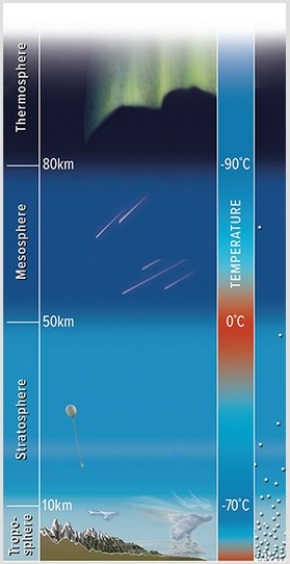
A) Thermosphere
B) Mesosphere
C) Stratosphere
D) Troposphere
Correct Answer

verified
Correct Answer
verified
Multiple Choice
In regard to the shortwave energy entering the earth's atmosphere,most is
A) used to heat either the atmosphere or the ground surface.
B) lost into space by scattering and reflection.
C) used for sensible heat flux.
D) used for latent heat flux.
Correct Answer

verified
Correct Answer
verified
Multiple Choice
Which of the following surfaces has the lowest albedo? 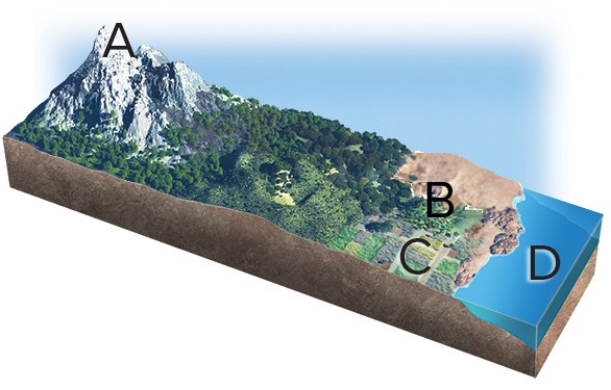
A) A - fresh snow
B) B - forests
C) C - orchards
D) D - water with a small zenith
Correct Answer

verified
Correct Answer
verified
Multiple Choice
Which of the following types of electromagnetic radiation are arranged in the proper decreasing order of energy?
A) Infrared,x rays,AM radio
B) Microwaves,ultraviolet,green light
C) Radio waves,gamma rays,ultraviolet
D) Blue light,infrared,AM radio
Correct Answer

verified
Correct Answer
verified
Multiple Choice
Land heats and cools more rapidly than oceans because of
A) land's great transparency encourages temperature changes.
B) abundance of latent heat available to directly warm land.
C) land's high specific heat encourages temperature changes.
D) lack of mixing in soil or rock layers.
Correct Answer

verified
Correct Answer
verified
Multiple Choice
Which ranges for incoming light and UV radiation would be absorbed and scattered the most?
A) 0.2−0.3 microns
B) 0.3−0.4 microns
C) 0.4−0.5 microns
D) 0.5−0.7 microns
Correct Answer

verified
Correct Answer
verified
Multiple Choice
The speed with which an electromagnetic wave travels is its
A) plane of magnetic component.
B) frequency.
C) wavelength.
D) amplitude.
Correct Answer

verified
Correct Answer
verified
Multiple Choice
Oceans heat and cool more slowly than land because of
A) oceans' lack of transparency dampens temperature changes.
B) great amounts of latent heat available to directly warm ocean water.
C) oceans' high specific heat dampens temperature changes.
D) lack of mixing through the water column.
Correct Answer

verified
Correct Answer
verified
Multiple Choice
Which of the water columns would experience the greatest temperature differences with depth? 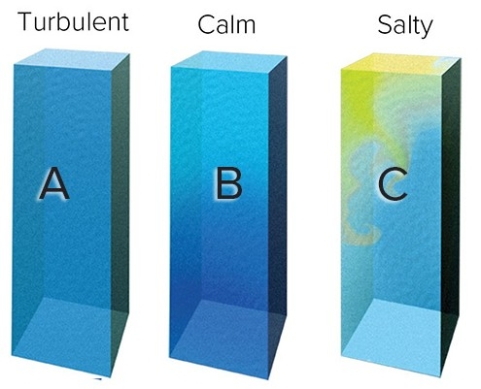
A) A
B) B
C) C
Correct Answer

verified
Correct Answer
verified
Multiple Choice
Which of the following objects would be best at scattering light? 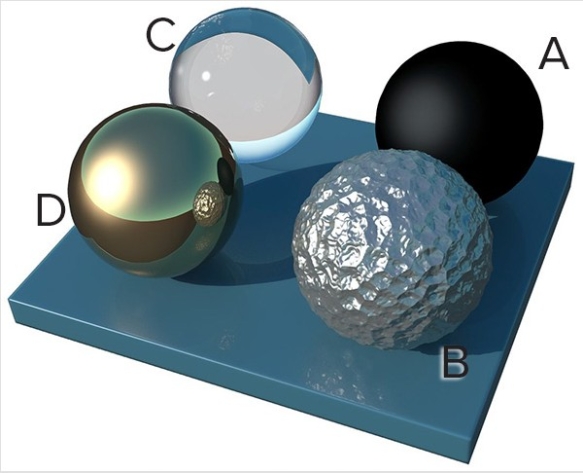
A) A
B) B
C) C
D) D
Correct Answer

verified
Correct Answer
verified
Multiple Choice
Base the following questions on the climographs and insolation graphs below.Letters represent a location where the climograph and insolation graph were recorded. 


 -Which location is found at the lowest latitude?
-Which location is found at the lowest latitude?
A) A
B) B
C) C
D) D
Correct Answer

verified
Correct Answer
verified
Multiple Choice
Compare the amount of energy emitted as a function of temperature (K) .The amount of energy emitted from 200 to 600 K is ________ while the amount of energy emitted from 600 to 1000 K is ________. 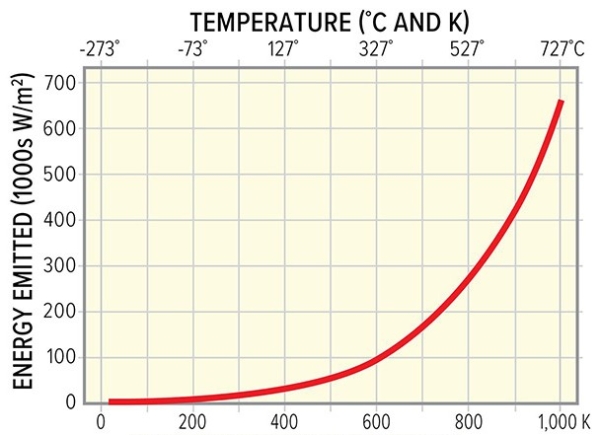
A) 0 W/m²; 650 W/m²
B) 73 W/m²; 727 W/m²
C) 100 W/m²; 550 W/m²
D) 200 W/m²; 600 W/m²
Correct Answer

verified
Correct Answer
verified
Multiple Choice
All of the following is true regarding the earth's radiation balance except
A) the sun heats the earth's surface more than it does the atmosphere.
B) sensible heat flux is the predominant process for the loss of outgoing longwave radiation.
C) almost half the energy received by the earth's surface is returned to the atmosphere through latent heat flux.
D) sensible and latent heat flux together carry most of the energy stored at the surface into the atmosphere.
Correct Answer

verified
Correct Answer
verified
Multiple Choice
Land heats and cools more rapidly than the ocean because of its
A) lower specific heat when compared to the ocean.
B) ability for land to retain heat better than the ocean.
C) strong mixing through soil horizons on land.
D) great potential for latent heat on land through evaporation.
Correct Answer

verified
Correct Answer
verified
Multiple Choice
In the Chapter 2 Investigation (Evaluating Solar Energy) ,which of the following is true about the downward shortwave radiation flux near South America?
A) It was relatively constant as a function of latitude
B) It was relatively constant as a function of longitude
C) It was affected by ocean currents and topography
D) It did not vary much from place to place
Correct Answer

verified
Correct Answer
verified
Multiple Choice
Potential energy would best be expressed when
A) pulling or pushing an object.
B) atoms moving at 200 km/hr.
C) atoms moving at 500 km/hr.
D) changing a liquid to a gas.
Correct Answer

verified
Correct Answer
verified
Multiple Choice
Base the following questions on the climographs and insolation graphs below.Letters represent a location where the climograph and insolation graph were recorded. 


 -Which location is found in the midlatitudes?
-Which location is found in the midlatitudes?
A) A
B) B
C) C
D) D
Correct Answer

verified
Correct Answer
verified
Multiple Choice
Which of the following images represents matter in the gaseous state,with the greatest kinetic energy? 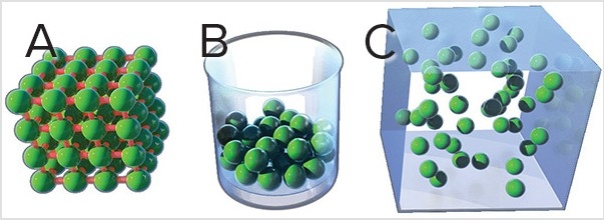
A) A
B) B
C) C
Correct Answer

verified
Correct Answer
verified
Multiple Choice
All of the following are true regarding sunspot activity except
A) solar flares are more common with maximum sunspot activity.
B) the Little Ice Age occurred when there was a minimum of sunspot activity.
C) there is,on average,an 11-year cycle for sunspot cycles.
D) more sunspot activity means less overall energy emitted from the sun.
Correct Answer

verified
Correct Answer
verified
Showing 21 - 40 of 81
Related Exams